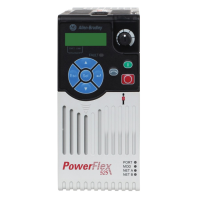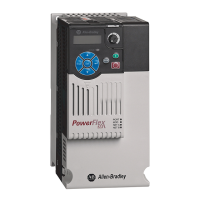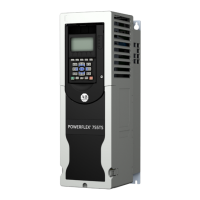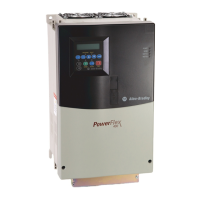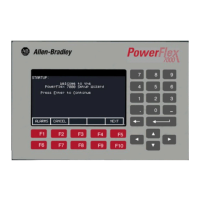Rockwell Automation Publication MOTION-RM003I-EN-P - February 2018 261
larger damping factor (such as 1.0) would produce a system step response that has
no overshoot and works well for most applications.
A set to the Damping Factor attribute also updates the System Damping attribute
value to support Manual Tuning.
Position Servo Bandwidth
Usage Access T Data
Type
Default Min Max Semantics of Values
Required - P Set/SSV
REAL FD 0
Loop Bandwidth Units
The value for the Position Servo Bandwidth represents the unity gain bandwidth
of the position loop that is to be used by software Autotune function to calculate
the position loop gains. The unity gain bandwidth is the frequency beyond which
the position servo is unable to provide any significant position disturbance
correction. In general, within the constraints of a stable servo system, the higher
the Position Servo Bandwidth the better the dynamic performance of the system.
A maximum value for the Position Servo Bandwidth is generated by the MRAT
instruction. Computing gains based on this maximum value software Autotune
procedure results in a dynamic response in keeping with the current value of the
Damping Factor.
A set to the Position Servo Bandwidth attribute while configured for Position
Loop operation also updates the System Bandwidth attribute value to support
Manual Tuning.
Velocity Servo Bandwidth
Usage Access T Data
Type
Default Min Max Semantics of Values
Required - PV Set/SSV
REAL FD 0
Loop Bandwidth Units
The value for the Velocity Servo Bandwidth represents the unity gain bandwidth
of the velocity loop that is to be used by the software Autotune function to
calculate the velocity loop gains. The unity gain bandwidth is the frequency
beyond which the velocity servo is unable to provide any significant position
disturbance correction. In general, within the constraints of a stable servo system,
the higher the Velocity Servo Bandwidth is the better the dynamic performance of
the system. A maximum value for the Velocity Servo Bandwidth is generated by
the MRAT instruction. Computing gains based on this maximum value using the
software's Autotune procedure results in a dynamic response in keeping with the
current value of the Damping Factor.
A set to the Velocity Servo Bandwidth attribute while configured for Velocity
Loop operation also updates the System Bandwidth attribute value to support
Manual Tuning.
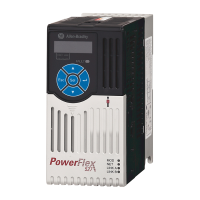
